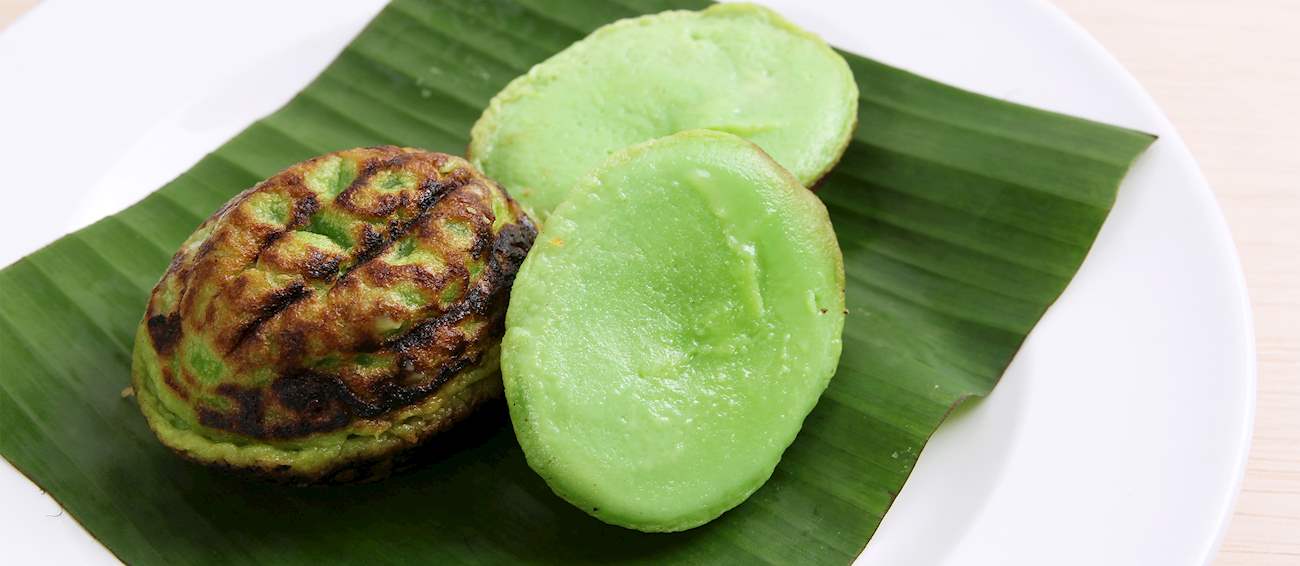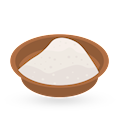MAIN INGREDIENTS
Kue lapis is a layered steamed cake widely enjoyed in Indonesia, Malaysia, Singapore, and Brunei, known for its vibrant colors, soft, chewy texture, and delicate coconut-infused flavor. The name comes from the Malay and Indonesian word kue (or kuih in Malaysa), meaning "cake" or "sweet snack," and lapis, meaning "layers"—a literal reflection of the dessert’s distinctive multi-layered structure.
Often made with a combination of rice flour, tapioca flour, coconut milk, sugar, and natural food coloring, kue lapis is steamed layer by layer, resulting in alternating bands of color, typically in shades of pink, green, and white, although many regional and modern versions feature other color combinations.
Kuih cara manis is a Malaysian dessert that is made with a batter consisting of eggs, flour, and coconut milk. The cakes are baked in specialized pans and are traditionally flavored with pandan leaves, which also give the cakes their distinctive green color.
While they bake, these bite-sized cakes are occasionally filled with shredded coconut, coconut jam, or palm sugar. They are usually sandwiched together and are typically enjoyed as a teatime dessert.
This steamed Malaysian dessert is prepared with a combination of rice and tapioca flour, white sugar, alkaline water, and usually dark palm sugar, which gives these cakes their characteristic dark-brown color. The batter is usually steamed in small Chinese cups, and the cakes are traditionally served topped with freshly grated coconut.
Instead of brown sugar, modern varieties are often flavored with pandan leaves that give kuih kaswi an appealing, vibrant green color.
TasteAtlas food rankings are based on the ratings of the TasteAtlas audience, with a series of mechanisms that recognize real users and that ignore bot, nationalist or local patriotic ratings, and give additional value to the ratings of users that the system recognizes as knowledgeable. TasteAtlas Rankings should not be seen as the final global conclusion about food. Their purpose is to promote excellent local foods, instill pride in traditional dishes, and arouse curiosity about dishes you haven’t tried.









